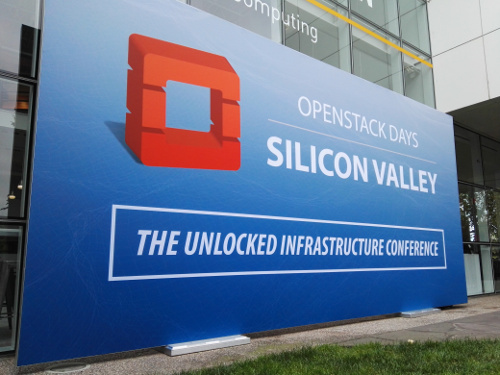The Economics Of OpenStack

Canonical’s Mark Baker explains how the economics of Openstack can work in favour for your business when compared to public cloud
Business technology is under tremendous pressure and most organisations are ill-equipped to deal with the challenges and opportunities that are arising.
Software as a Service (SaaS), big data, cloud, scale-out, artificial intelligence, containers, OpenStack and microservices are not just buzz-words, they are disrupting traditional business models.
While these terms and technologies represent a new world of opportunity, they also bring complexity that most IT departments are ill-equipped to deal with. This has become known as the era of Big Software.
Read More: How Walmart uses OpenStack
Think differently
To address the realities of Big Software, companies need to think differently.
Traditional enterprise applications were monolithic in nature, procured from best of breed providers and installed on a relatively small number of large servers, modern application architectures and capacity requirements force companies to now roll out many applications, components and integration points spread across potentially thousands of hosted physical and virtual machines on premise or in a public cloud.
Organisations must have the right mix of products, services, and tools to match the requirements of the business yet many IT departments are undertaking these challenges with the approaches and tools developed over a decade ago.
Some IT Directors have turned to public cloud providers like AWS (Amazon Web Services), Microsoft Azure, and GPC (Google Public Cloud) as a way to offset much of the CAPEX (capital expenses) of deploying hardware and software needed to bring new services online.
They wanted to consume applications as services and offset most of the costs to OPEX (Operating Expenses). Initially, public cloud delivered on the CAPEX to OPEX promise, Moor Insights & Strategy analysts state, with cloud providers touting upwards of 45 percent in capital reductions in some cases, but organisations needing to deploy solutions at scale found themselves locked into a single cloud provider, fluctuating pricing models and unable to take advantage of the economies of scale that comes from committing to a platform.
Forward thinking IT directors realised they must disaggregate their current data centre environments to support scale-out private or hybrid cloud environments.
Challenges & opportunities with OpenStack
OpenStack is a way for organisations to deploy Open Source cloud infrastructure on commodity hardware.
Customers look at OpenStack as an opportunity to reduce the cost of application deployment whilst increasing the speed with which they can bring new application services online.
The cost to deploy OpenStack is relatively low, the ongoing investment in maintenance, labour, and operations can be high as some OpenStack solutions are unable to automate basic tasks such as updating and upgrading their environment. The cost of staff experienced and able to operate OpenStack at scale is high.
Read more about the challenges and future of OpenStack on page 2…